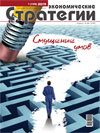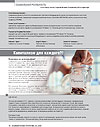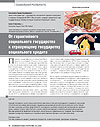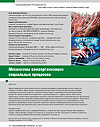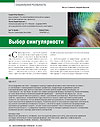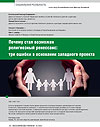Keywords: ,
,
,
,
,
,
,
,
,
,
The article continues the cycle of works dedicated to the social system transition into a new qualitative state — from zoopopulation to psychosocial formation, where the moral-ethical characteristics of people will be the factor determining its further development and functioning. The authors postulate that “singularity” like a “vertical” on a well-known graph of the phase transitions distribution of A.D. Panov is attributable not only to biological and technical development of civilization — “technical singularity”, how it seems to ideologists of transhumanism, but namely to “moral singularity”. Moral and ethical properties, “worked out” by mankind in the course of historical process, have an even higher level of complexity than technical ones, therefore they are the leading factor in the further systemogenetic development of our space-time continuum. Aspiration of the transhumanism ideologists to represent singularity as a result of purely technical progress is an attempt to camouflage due to various information campaigns the destructive “concept”, which somehow manifests itself in the continuum of nonspecific activity results — in destruction of social structures and stagnation of social processes, in blocking the begun phase transition (moral singularity).
Продолжить чтение


